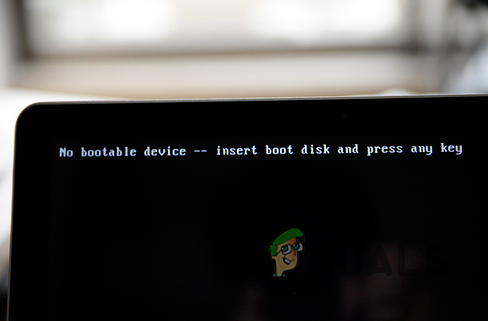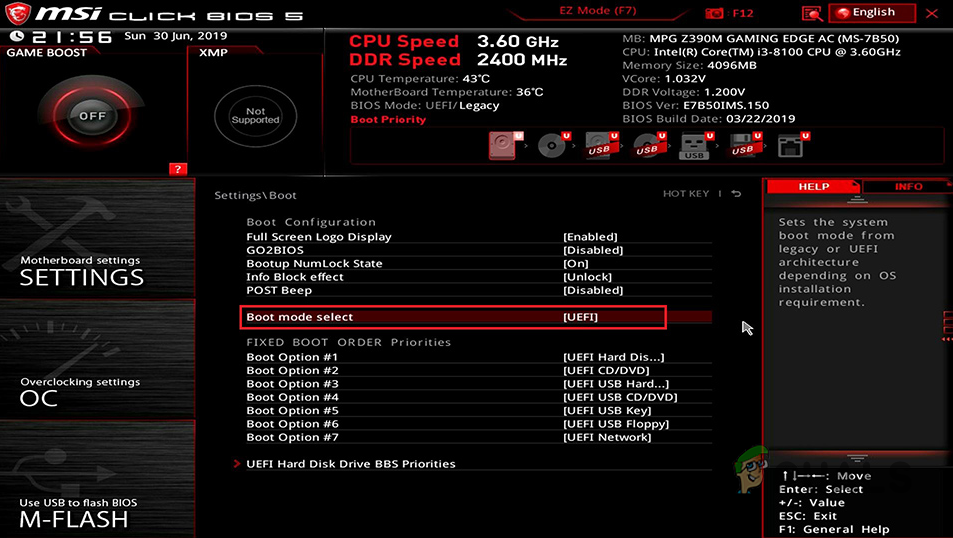In addition to that, the boot mode that you are using can also result in the issue which ultimately is related to your BIOS as well. In this article, we are going to show you how to resolve the error message in question so just follow through. As it turns out, when you power up your device, the system looks for the location where an operating system is installed after it has been POSTed. Now, in the scenario where it does not find an operating system installed on your storage device or does not detect the storage device at all, the error message in question is shown. If you have a hard drive or SSD installed and the error message is still being caused, then it is very likely that the problem is due to the boot mode that is being used. With that said, we are going to walk you through the whole process and show you how to change the boot mode along with many other things. Before we begin, make sure that you have a storage device installed and that all the cables are properly inserted, if there are any. Once you have done that, you can get started with the various methods down below right away.
Change Boot Mode
The first thing that you should do when you encounter the problem in question is to check the boot mode that is being used. As it turns out, in case you install Windows in, for example, Legacy Mode and then switch to UEFI, your system will fail to startup. As such, you will need to switch back to Legacy Mode to resolve the issue. Changing the boot mode on your system will not have any effects on your system since you are already facing the problem in question. Therefore, you should try changing your boot mode to see if that resolves the issue. To do this, follow the instructions given down below:
Reset CMOS
If changing the boot mode does not fix the problem for you, then it may be that the error message in question is being caused by other BIOS settings. As such, to resolve the problem, you will have to reset these settings. CMOS is essentially a small chunk of memory where the BIOS configuration is stored. Therefore, when you reset the CMOS on your computer, the BIOS settings will be set to their default. As it turns out, there are multiple ways of resetting your CMOS. Let us go through these various options one by one:
Perform a Clean Install
Finally, if the above methods have not fixed the problem for you, then it is very likely that the issue is due to the fact that you don’t have an operating system installed. If this case is applicable, you will need to perform a clean install of Windows so that you are able to boot into your system. For this purpose, you are going to need a bootable USB of Windows so make sure that you have that. To perform a clean install, you can follow our thorough guide by clicking here that takes you through the whole process step-by-step. Once you install Windows, your computer should be able to boot up just fine.
Fix: Please Insert a Disk into Removable DiskFix: Please insert the external storage media and press OKFix: Please Insert the Last Disk of the Multi-Volume SetHow to Fix a Pen Drive Showing “Insert New Disk” Error






